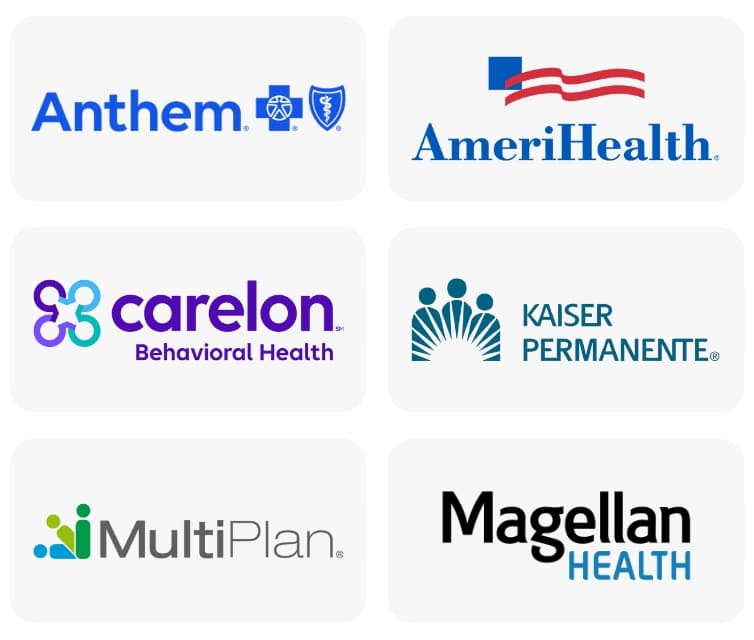Combining Xanax and alcohol may seem harmless to some, especially when each is commonly used to unwind or relieve stress. However, this combination can have extremely dangerous—and even fatal—consequences. Both substances are central nervous system depressants, and when taken together, their effects don’t just add up—they multiply. What might start as casual use can quickly lead to blackouts, respiratory depression, or overdose. In this guide, we’ll explore why mixing Xanax and alcohol is so risky, the signs of overdose, and how to seek help if you or someone you love is caught in the grip of both substances.
Can You Drink on Xanax?
No, drinking on Xanax (alprazolam) would be a terrible idea. Mixing Xanax and alcohol can lead to various interactions between the two substances, none of them good. For example, both substances are depressants, meaning they slow down brain activity. When taken together, their effects compound, leading to extreme drowsiness, confusion, poor coordination, slowed breathing, and in severe cases, unconsciousness or death.
If you’re prescribed Xanax for anxiety or another condition, it’s important to talk to your doctor before consuming alcohol. In most cases, complete avoidance is the safest option.
Why Mixing Xanax and Alcohol Is So Dangerous
Mixing alcohol and Xanax is asking for trouble: both substances depress the central nervous system, and their combined effects can multiply in intensity. This phenomenon, known as synergistic interaction, can lead to life-threatening consequences even at seemingly low doses.
Some of the most serious risks include:
- Severe respiratory depression – Breathing can slow to dangerously low levels or stop altogether.
- Loss of consciousness or coma – The sedative effects can become overwhelming, causing a person to black out or slip into a coma.
- Impaired motor skills and coordination – The combination drastically increases the likelihood of falls, car accidents, and other injuries.
- Memory loss and blackouts – People often experience periods they can’t remember, even if they seemed awake at the time.
- Increased overdose risk – Since both substances depress vital bodily functions, overdose is far more likely when they’re used together. A Xanax and alcohol overdose is particularly dangerous, since alprazolam is more dangerous than other benzodiazepines.
Because Xanax stays in the body for several hours, even drinking after the effects seem to wear off can still be dangerous. If you or someone you know is struggling with Xanax and alcohol use, seek help immediately.
Short- and Long-Term Effects of Xanax and Alcohol Use
Mixing Xanax and alcohol leads to bad outcomes, both in the short and long run.
Short-term, it can lead to:
When Xanax and alcohol are used together, even in small amounts, the short-term effects can be severe and unpredictable.
These may include:
- Extreme drowsiness or sedation
- Slurred speech and loss of coordination
- Impaired judgment and decision-making
- Nausea, vomiting, or dizziness
- Xanax and alcohol can cause blackouts and memory lapses
- Slowed or irregular breathing
These effects can lead to dangerous situations such as car accidents, falls, or overdose—even if the individual has a prior tolerance to one or both substances.
Chronic use of Xanax and alcohol in combination can take a serious toll on both mental and physical health, with long-term effects including:
- Cognitive decline – Difficulty with memory, focus, and problem-solving
- Liver damage – Since both drugs are metabolized in the liver, long-term use can lead to liver disease or failure
- Physical dependence and withdrawal – Stopping either substance after prolonged use can result in intense and potentially life-threatening withdrawal symptoms
- Mental health issues – Increased risk of depression, anxiety, and suicidal thoughts
- Increased overdose risk over time – As tolerance builds, users may take higher doses, putting them at greater risk
The longer someone mixes these substances, the more difficult it becomes to stop safely without medical support. This makes early intervention and professional treatment especially important.
"*" indicates required fields
Fill out the form below and one of our admissions team members will reach out to you:
"*" indicates required fields
What Happens During a Xanax and Alcohol Overdose?
An overdose involving alcohol and Xanax is a medical emergency that can rapidly become life-threatening. Since both substances are central nervous system depressants, they work together to slow critical bodily functions—including heart rate, breathing, and brain activity—well beyond safe levels.
Common signs of a Xanax and alcohol overdose include:
- Severe drowsiness or inability to stay awake
- Confusion or unresponsiveness
- Slurred speech and slow reflexes
- Shallow, slow, or stopped breathing
- Cold, clammy skin or bluish lips and fingertips
- Seizures or loss of consciousness
Without immediate medical attention, this type of overdose can lead to coma, permanent brain damage, or death. Even if someone appears to be “just sleeping it off,” they could be in critical danger.
If you suspect someone is overdosing on alcohol and Xanax, call 911 right away. Emergency responders may administer oxygen, IV fluids, or medications like flumazenil (for benzodiazepine overdose) and provide respiratory support. Time is critical—early intervention can save a life.
Who Is Most at Risk for Mixing Xanax and Alcohol?
There are two broad categories of people at risk of dual-Xanax and alcohol abuse:
- College Students: College students have historically widely engaged in binge drinking, and are known to abuse various drugs, primarily out of ignorance of the dangers, as well as peer pressure. Due to its wide distribution (alprazolam is the most widely prescribed drug in the US), Xanax is widely available on college campuses. For those interested in learning more, check out our Resources for College Students.
- Those with Clinical Anxiety: Studies show people with anxiety disorders are more likely to engage in self-medication – the misuse of substances to cope with their symptoms. As both alcohol and Xanax are depressants, able to calm brain activity, both are sometimes abused by people suffering anxiety, seeking temporary relief.
Treatment Options for Xanax and Alcohol Abuse
Mixing Xanax and alcohol is never safe. Whether it’s an isolated incident or part of a pattern of use, combining these two depressants puts your health and life at serious risk. From impaired judgment and blackouts to the threat of overdose, the dangers are real and immediate. If you or someone close to you is struggling with alcohol and Xanax use, help is available at Footprints to Recovery, a drug and alcohol rehab in Hamilton, NJ. Treatment programs that address both substances can provide the medical support and therapeutic care needed to start fresh. Don’t wait for a crisis—reach out and take the first step toward recovery today.




